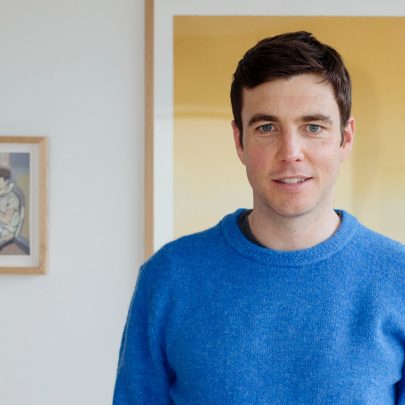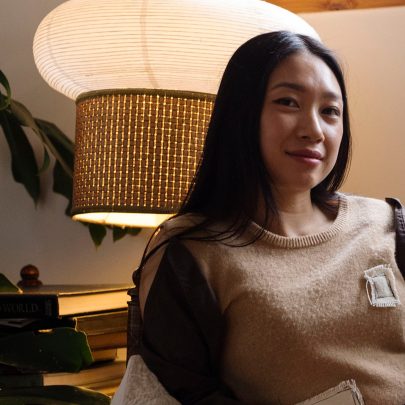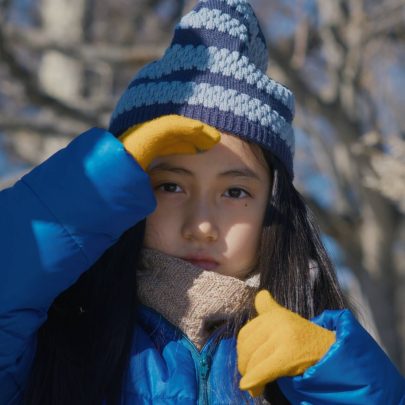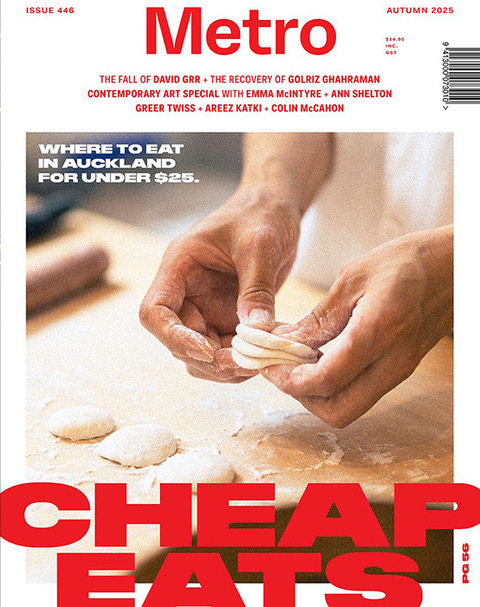Feb 11, 2014 Film & TV
Directed by Abdellatif Kechiche
In Blue Is The Warmest Colour, French high schooler Adèle meets blue-haired art student Emma, and for three delicious hours we follow Adèle – closely, for the camera seldom leaves her gorgeous face whether she’s shovelling spaghetti into it, or burping, or dribbling in her sleep – into, through and out the other side of the relationship, her first with a woman. Adèle Exarchopoulos and Lea Seydoux are devastatingly wonderful in their roles.
As much a meditation on sexual discovery, the film is also a study in class snobbery, as working-class Adèle struggles to integrate into Emma’s middle-class, liberal life. Adèle’s modest desire to be a teacher doesn’t fit with Emma’s ambitious art-school cool. And though she goes along on a gay rights march and is confident to be out in public with Emma, Adèle is more traditionalist than activist, content to cook, clean and pose for her lover.
The first film adapted from a graphic novel to win the Palme D’Or, Blue Is The Warmest Colour is a less tragic (the Adèle character dies in the book) and slightly less lesbian version of Julie Maroh’s tumultuous love story. Adèle’s first tumble is with a schoolmate, Thomas, and other male love interests pop up throughout, raising the question of whether Adèle is truly following the Sapphic road – in the film – or whether Emma is a one-off.
This is one of the aspects of the film that smacks of director Abdellatif Kechiche’s (older, straight, male) perspective. The other is a sex scene about which so much has been written and said – including by Maroh and the actresses themselves – that there’s not a lot left to add, except to say that visually it is such a departure in style that it’s physically shocking.
When Adèle and Emma finally get it on, the camera switches from pleasantly claustrophobic, mostly handheld close-ups to a locked-off wide shot in which we watch the actresses going at it hammer-and-tongs from the other side of the room. Suddenly we’re not deep within the story anymore, we are ogling voyeurs of, as Maroh wrote, “a brutal and surgical display… of so-called lesbian sex, which turned into porn, and made me feel very ill at ease”.
It’s a bum note (though, yes, yes, the bums are very attractive) in an otherwise sumptuous film that older teenage girls really should seek out, gay or not. Maroh wrote the novel between the ages of 19 and 23 and the film has the all-consuming passion, anger and confusion of that generation, when feelings come before logic much of the time, and a shy teenager might tie a little too much of her identity up in her lover, which can only lead to enormous heartbreak.
http://www.youtube.com/watch?v=7PcgYoBUtlo





